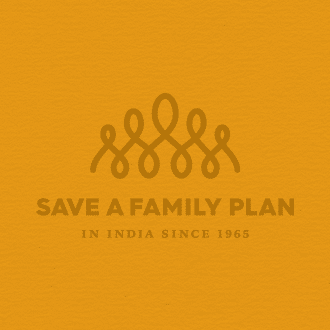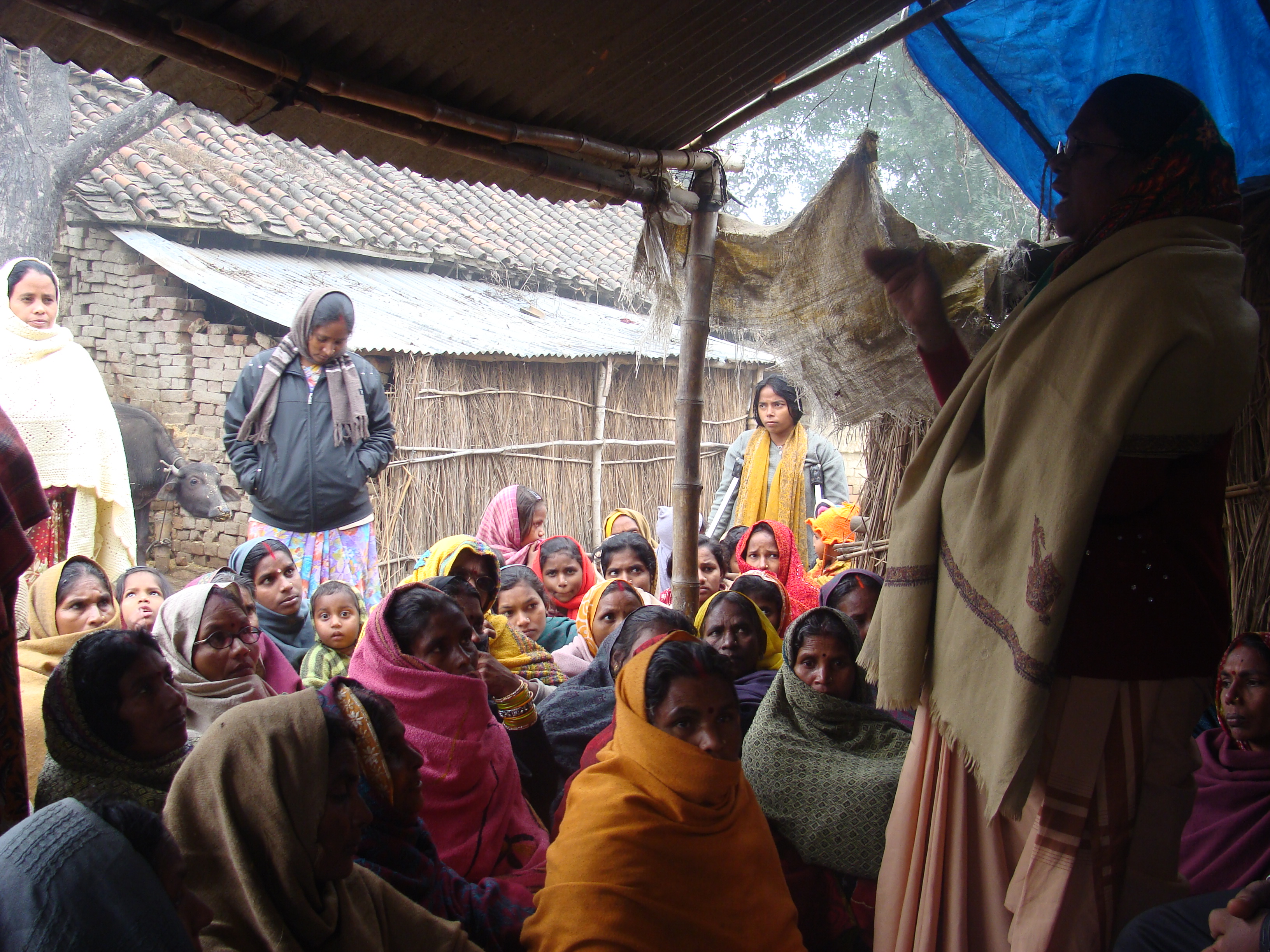
SAFP Canada Staff Cassandra Griffin writes from the field in India.
For a foreigner who is an outsider to Indian culture, the concept of caste can be extremely difficult to comprehend. While the effects of this cultural practice may not always be easily apparent, it can be very difficult to reconcile with our own values and beliefs when we do encounter it. We may have contact with caste structures in simple ways, such as having your laundry done by a local dhobi, a low caste person whose traditional occupation is to wash clothing. Or we can find that caste relations become a major challenge to the development process when working with rural communities to overcome their problems, as can be the case with communities participating in the SPED III program.
The caste system has been deeply ingrained in many aspects of Indian social life for centuries and can be broadly described as a social structure that places people into different groups based on their traditional occupation. A person’s caste can dictate what job they can pursue, who they can marry, where they live, and what kinds of social interactions they can have. Different castes are ranked in a complicated hierarchical order and low caste people continue to face hardship and discrimination, especially in rural areas, despite many efforts to bring them into the mainstream.
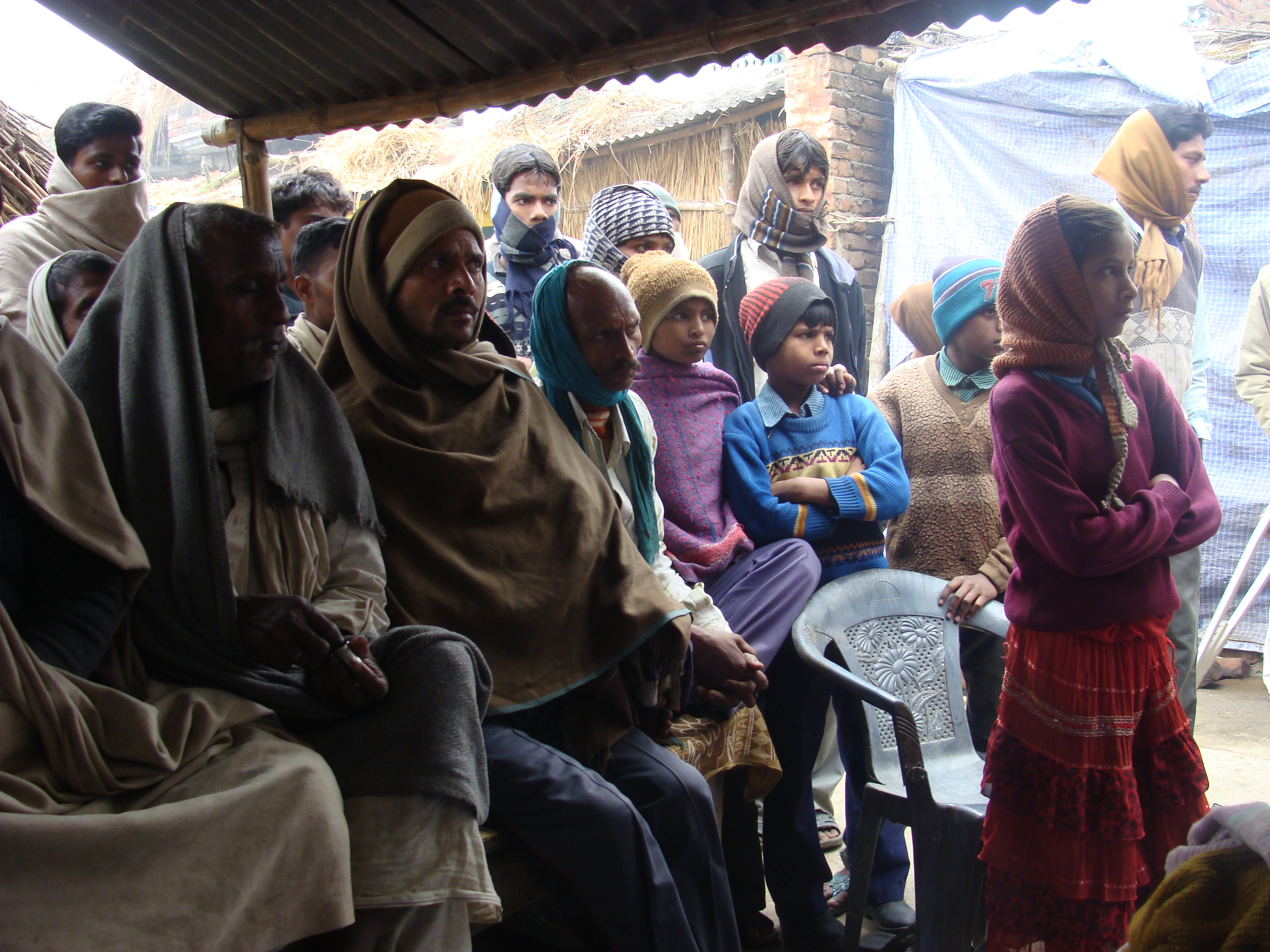
Caste issues recently became an obstacle to development for the people of Bhutikuna, a small village in Uttar Pradesh near to the border of Bihar. I came to this village to meet with members of the Village Action Team, which had been recently formed as a part of Save A Family Plan’s SPED III program. The women and men of the village told us about the many problems they were facing, including not having a proper drainage system in the village. They showed us where all the waste water in the community was currently collecting in a pond in the village, very close by to some of the villagers’ homes. It was easy to see how this situation was causing many difficulties for the community members, including increasing health and environmental problems.
We were delighted to find that the community had taken up the challenge of the SPED III program with great seriousness and conviction. They had already elected a new Village President from amongst themselves, who spoke to us passionately about his commitment to improve life in the village. With the assistance of the local field staff, the people had also made an application to the local government to request funds for the construction of a drainage system in the village that would dispose of the wastewater in a safe way. The application had been approved and the construction was ready to begin.
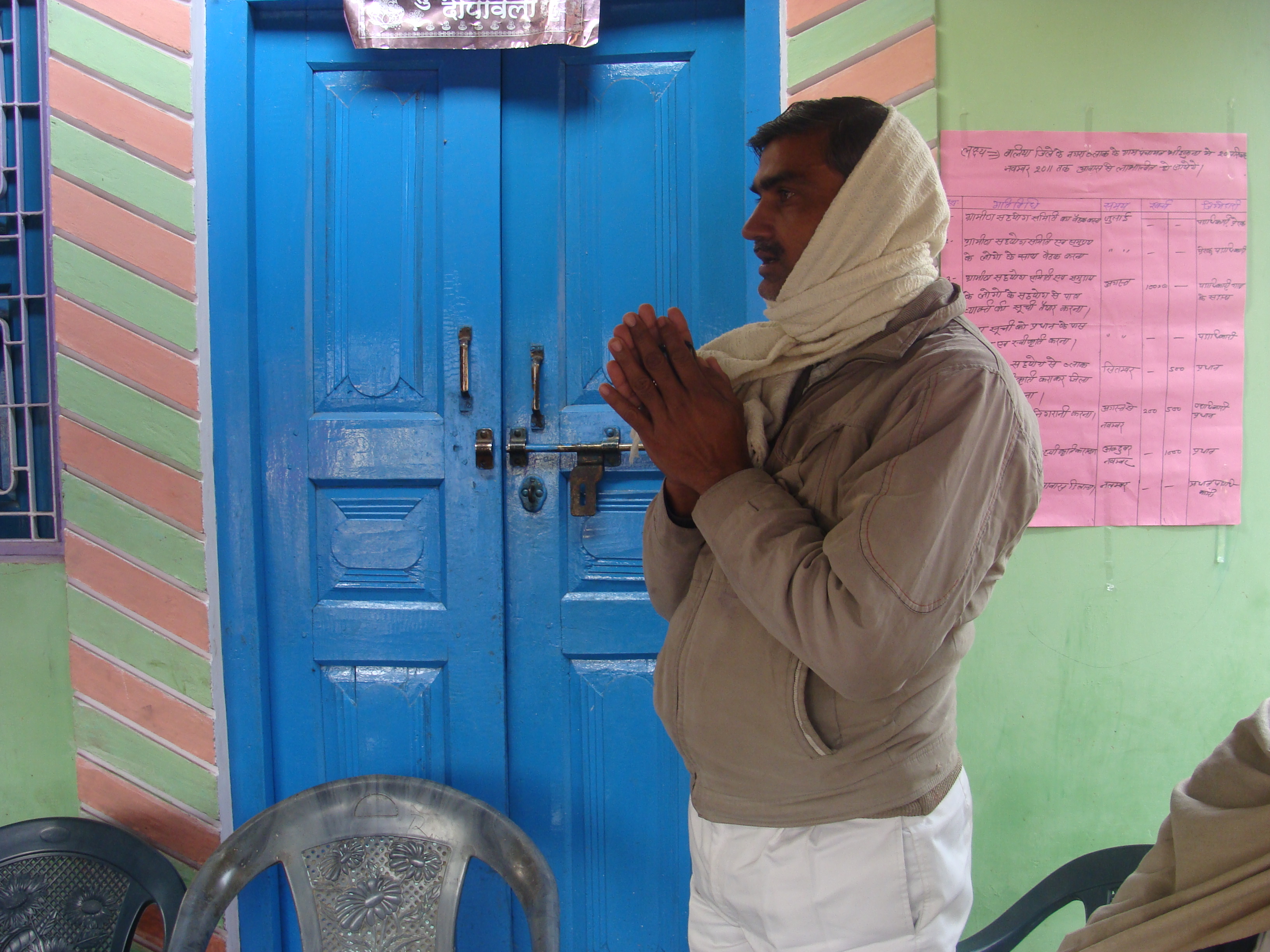
But the villagers faced one more problem. The drainage channel would run along the edge of a piece of land belonging to a high caste family and the family was refusing to give permission for the construction since the channel would carry waste from the homes of low-caste people as well as high-caste people. In accordance with their rigid beliefs about the caste system, they found this contact with people of lower castes completely unacceptable. Despite this problem, the local field staff were not deterred. They encouraged the community to discuss this issue with the high caste family, while offering to help them to build awareness about the importance of this project for all the members of the community.
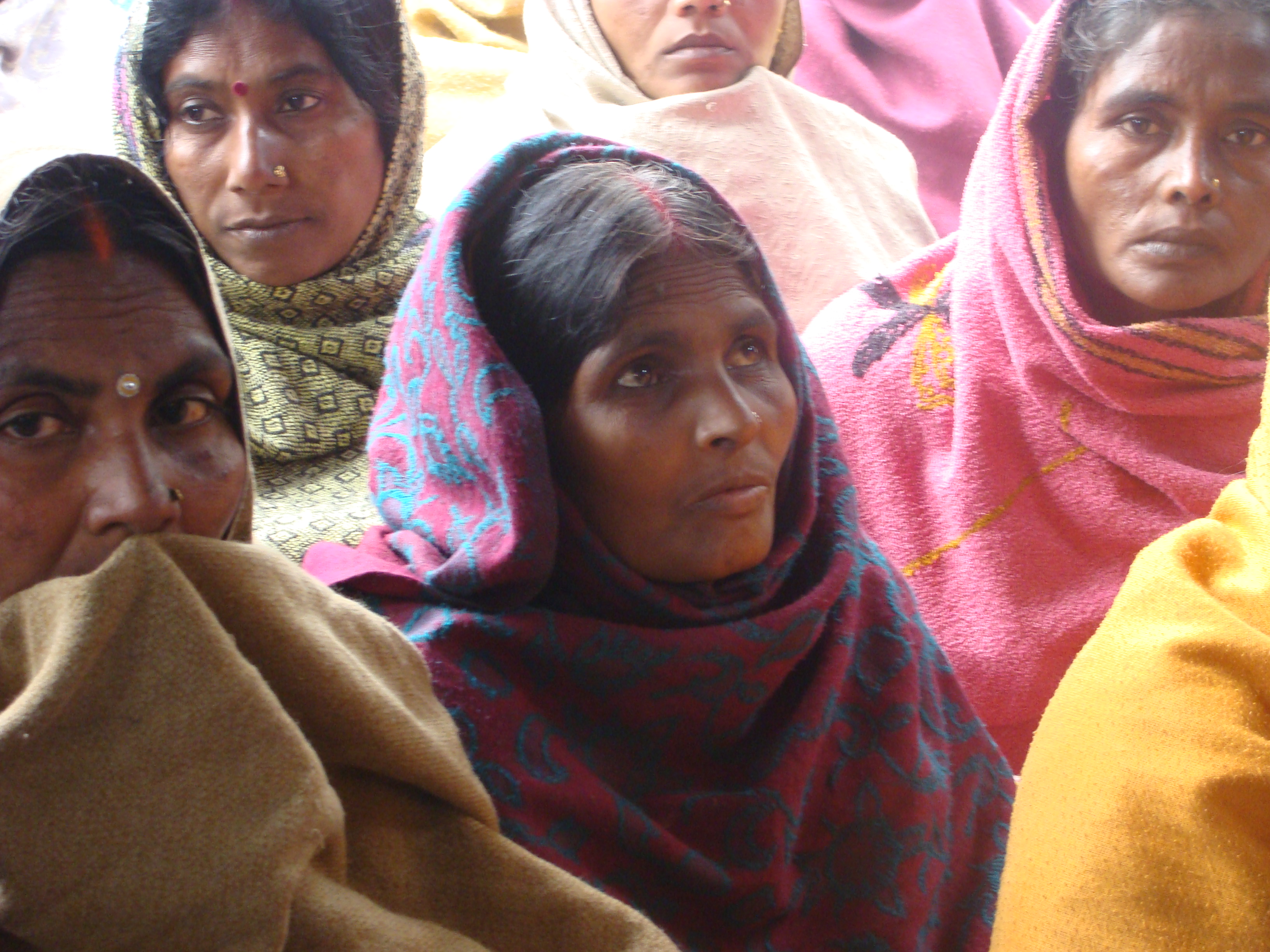
A few weeks after my visit, I received news that the community had been able to overcome this problem and the drainage system had been completed with the agreement of the landowners. The whole community was happy that the wastewater was removed from the village through their effort and cooperation.
Although the caste system in India has deep historical roots and will likely continue to impact communities for years to come, it is important that we begin taking steps to challenge the negative effects of caste and to promote a society where all people are valued. We congratulate the people of Bhutikuna for taking this meaningful step to promote change and unity across caste lines in their community through the SPED III Program.

